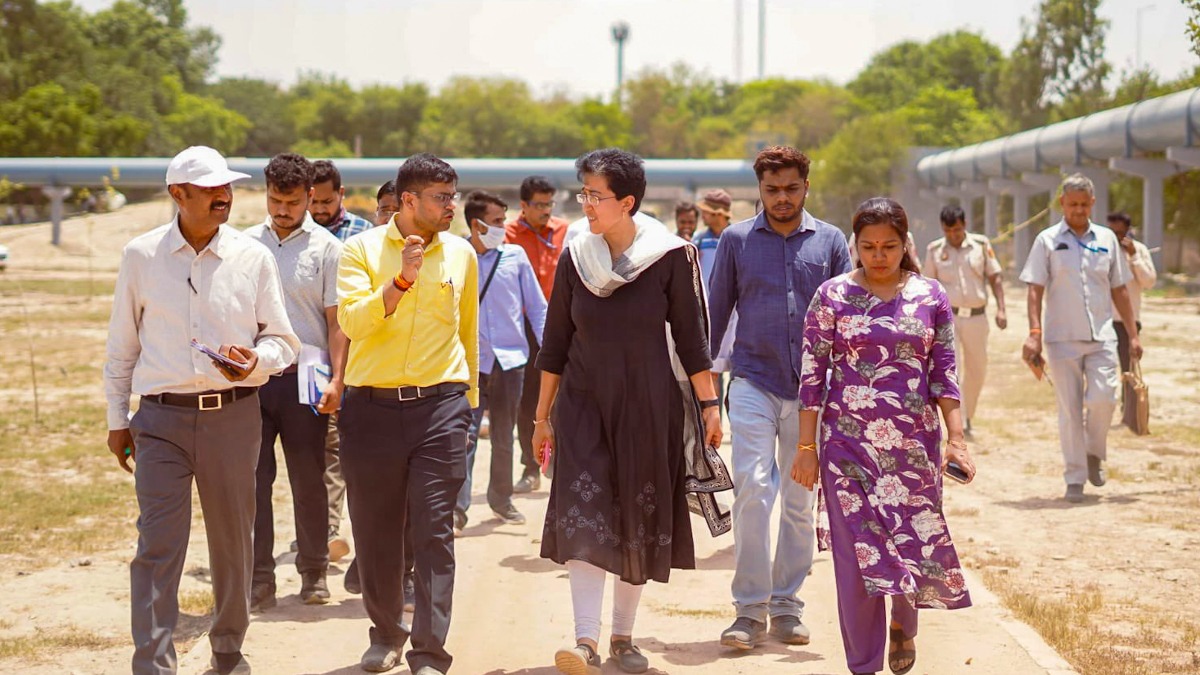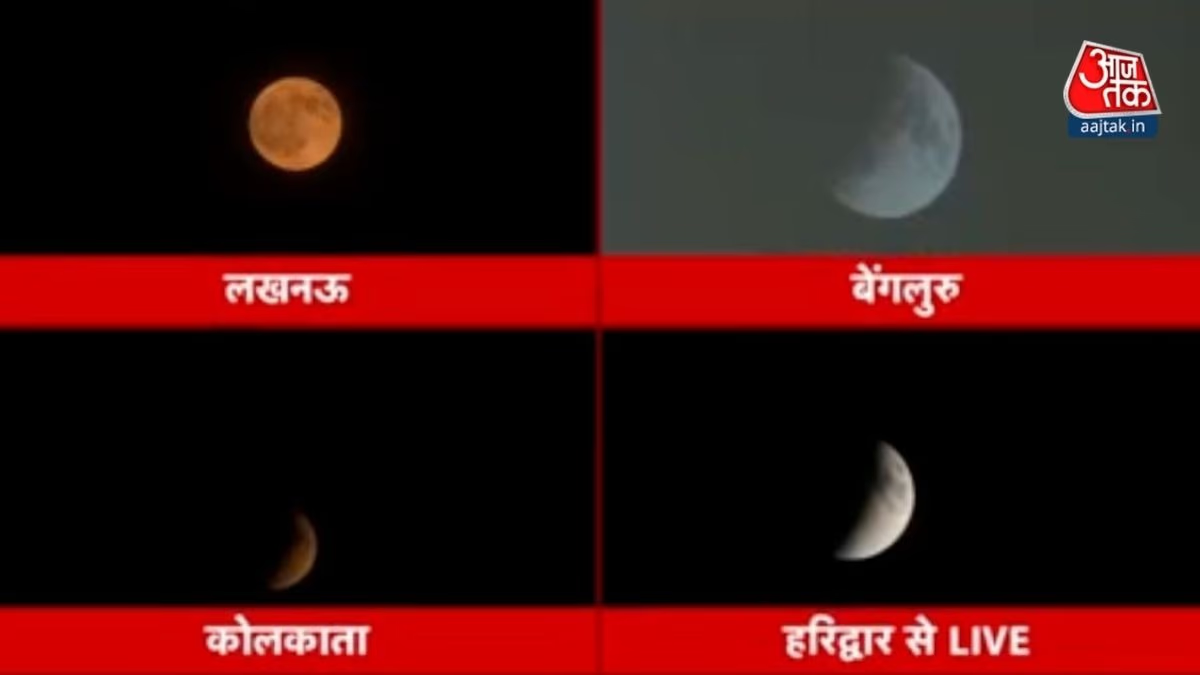The struggle over the Yamuna River's water division is historic. Flowing through states like Uttarakhand, Haryana, Delhi, and Uttar Pradesh, the Yamuna is an essential water source for these regions. Each state has its own demands and concerns regarding their share of river water often leading to disputes and tensions.
Upper Yamuna River Board Formed Three Decades Ago
To address these complex issues, the Upper Yamuna River Board (UYRB) was formed exactly three decades ago in 1994. Functioning under the Ministry of Water Power, UYRB primarily allocates the surface flow of the Yamuna among the states. Its creation aimed to ensure the equitable distribution of water resources and manage conflicts arising from varied interests and needs.
Water Crisis Case Reached Supreme Court Decades Ago
Now turning to the water crisis in Delhi, which began roughly three decades back. A significant step towards ensuring that the residents of Delhi had a sufficient water supply was taken in 1995. At that time, renowned environmentalist Commodore Sureshwar Dharai Sinha approached the Supreme Court. Filing a public interest litigation (PIL) under Article 32 of the Constitution, Sinha demanded that the concerned governments be directed to maintain a continual flow of water in the Yamuna River. His action was based on the grave issue that citizens of Delhi were facing a severe shortage of drinking water due to low distribution from the Tajewala Head.
Sinha argued that the right to water for domestic purposes should take precedence over all other uses. His advocacy emphasized that the fundamental human need for drinking water should be prioritized over agricultural, industrial, or other usages. His petition resonated with the court's understanding of fundamental rights and the essential nature of water.
In a historic ruling in 1996, the Supreme Court decided in favour of Sinha's petition. The court ruled that the right to water for domestic use has precedence over other needs. As a result, the state of Delhi was entitled to additional water allocation. Furthermore, the court directed that Haryana must supply a specific quantity of water to Delhi throughout the year. To enforce this, the court ordered that the Wazirabad and Haiderpur reservoirs in Delhi should be filled up to their capacity with water supplied by Haryana through the Yamuna River.
The Supreme Court's order initiated a significant step between Delhi and Haryana to meet the capital's growing water needs by closing leaks in the existing canal system. Historically, the canal carrying Yamuna water to Delhi suffered significant water loss due to its porous nature. A historic solution emerged with the commitment of both states to the construction of a 102-kilometer long water conduit, a major segment of the Western Yamuna Canal system.
Delhi's Water Supply Addressed with the Munak Canal
This vital infrastructure project begins at the Munak regulator in Haryana's Karnale district. The canal flows southward, crossing significant nodes like Khubaru and Mandora barrages, finally ending in Haiderpur in Delhi. Designed to provide a continuous water supply, this cement-lined canal is critically important, ensuring the availability of potable water for Delhi's growing population.
The origin of the Munak Canal dates back to a Memorandum of Understanding signed in 1996 between the governments of Haryana and Delhi. However, its actual construction was carried out by the Haryana government between 2003 and 2009.




